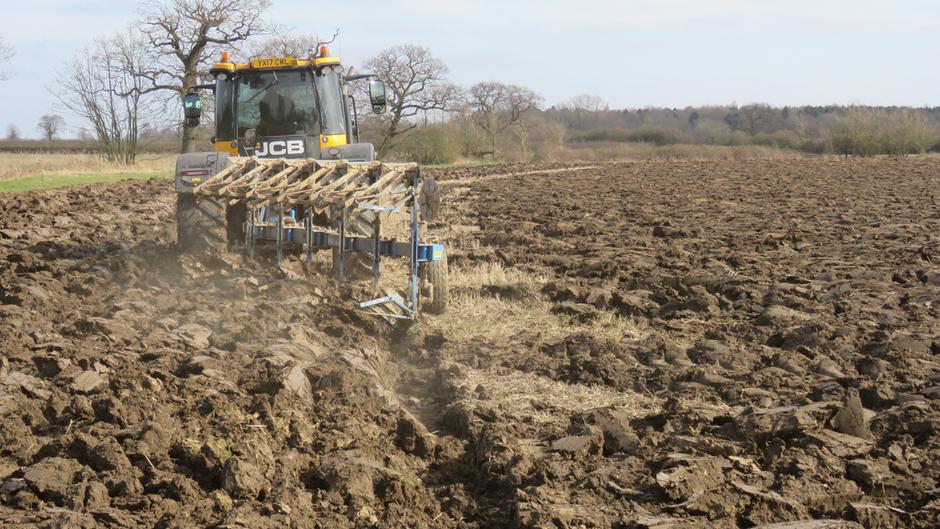Countryside Matters with Sam Walton
Thu 7th May 2020
Spring had possibly arrived as we drilled the last of the Spring Barley at the end of March. That left me with 24 acres of over wintered stubble to plough for Linseed.
It had originally been scheduled for Winter Wheat, so why was it not ploughed in the Autumn? The answer was far too wet and a bit more Blackgrass in one of the fields than I cared to see and I thought it would be a good opportunity to let that awful weed Blackgrass grow so as it could be ploughed in, in the spring, and hopefully buried, as it really is a curse and very prolific.
I had not reckoned on it being such a wet winter, which strange as it may seem, appeared to make the former stubble, very solid whilst drying out and more difficult to plough and most of it is strong land. I was unfortunately left with over an acre at one end which was unploughable, as under water.
So instead of it coming into yet more barley, the decision was made to plant linseed as a break crop for Winter Wheat to follow next Autumn. We need to have a third of the farm in break crops and for the uninitiated, a break crop means a crop other than cereals and that helps to keep the soil in good condition and to control any diseases cereals might get if grown continually, which also means cereal crops yield more after a break crop.
Oil seed rape is a good break crop if you can keep pigeons and flee beetle away. Potatoes, peas, beans, grass of course are also all popular break crops, along with linseed which has a limited market. Most of the previously mentioned break crops need to be drilled in good time and this has not been an early spring, so Linseed it is as it is safe to drill until mid May possibly.

